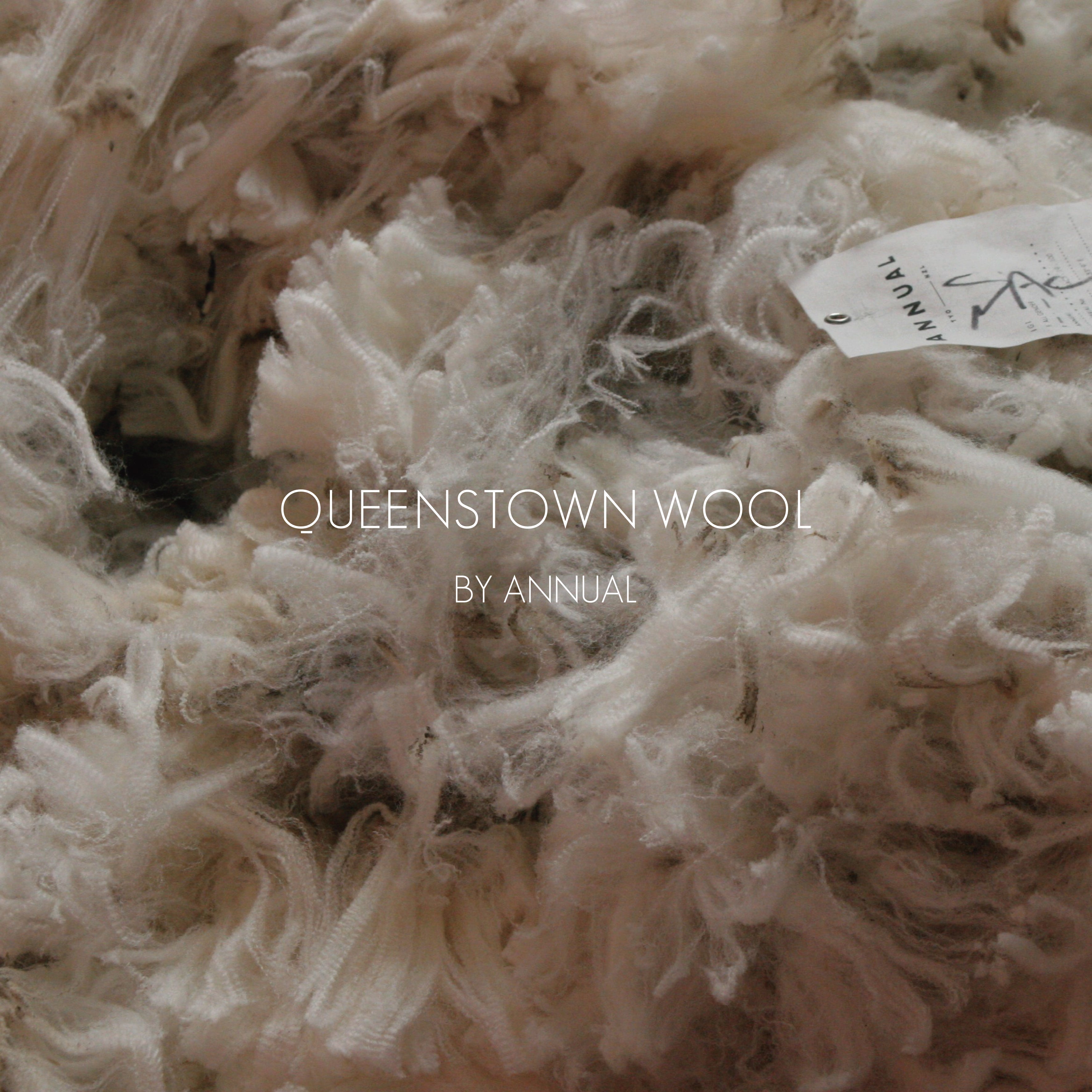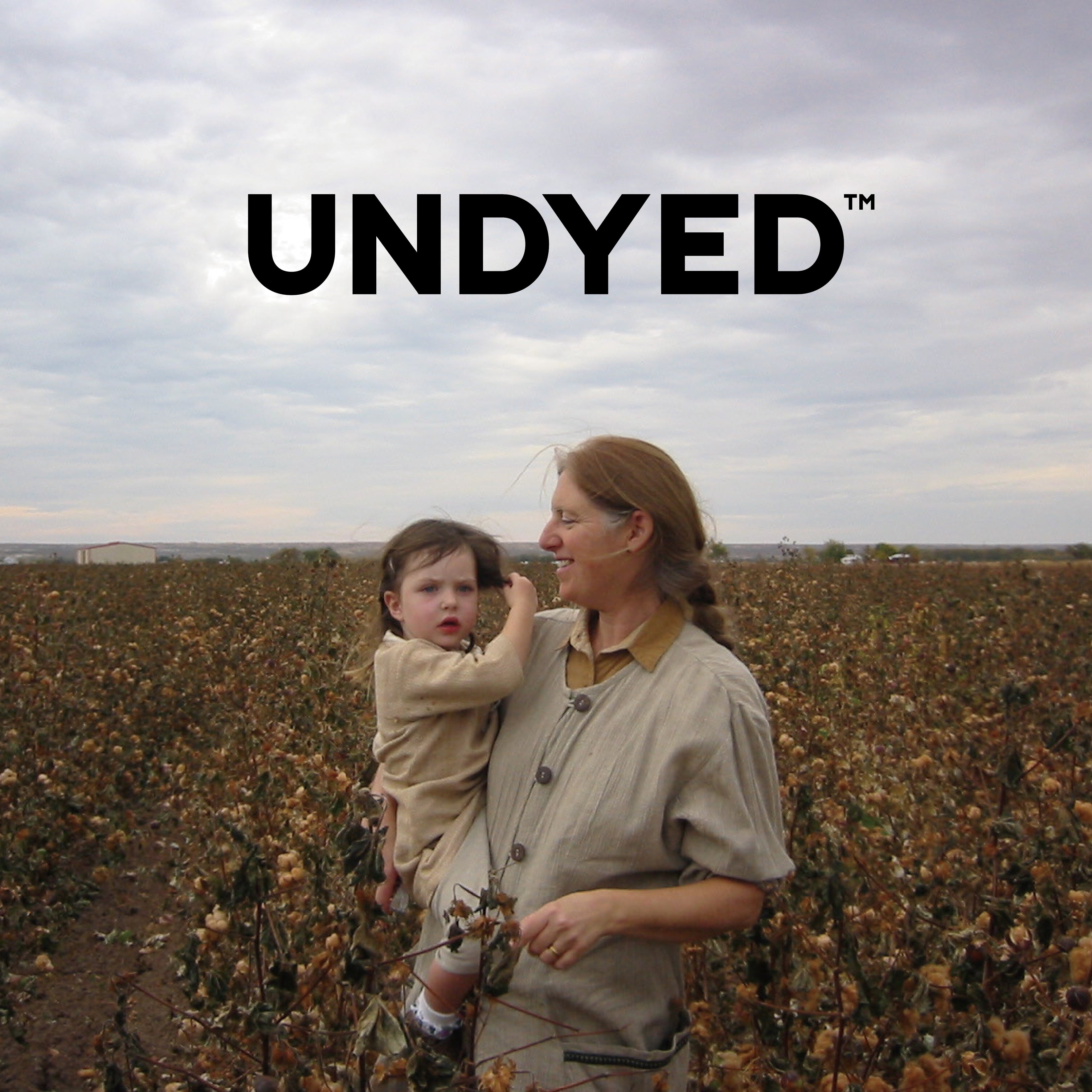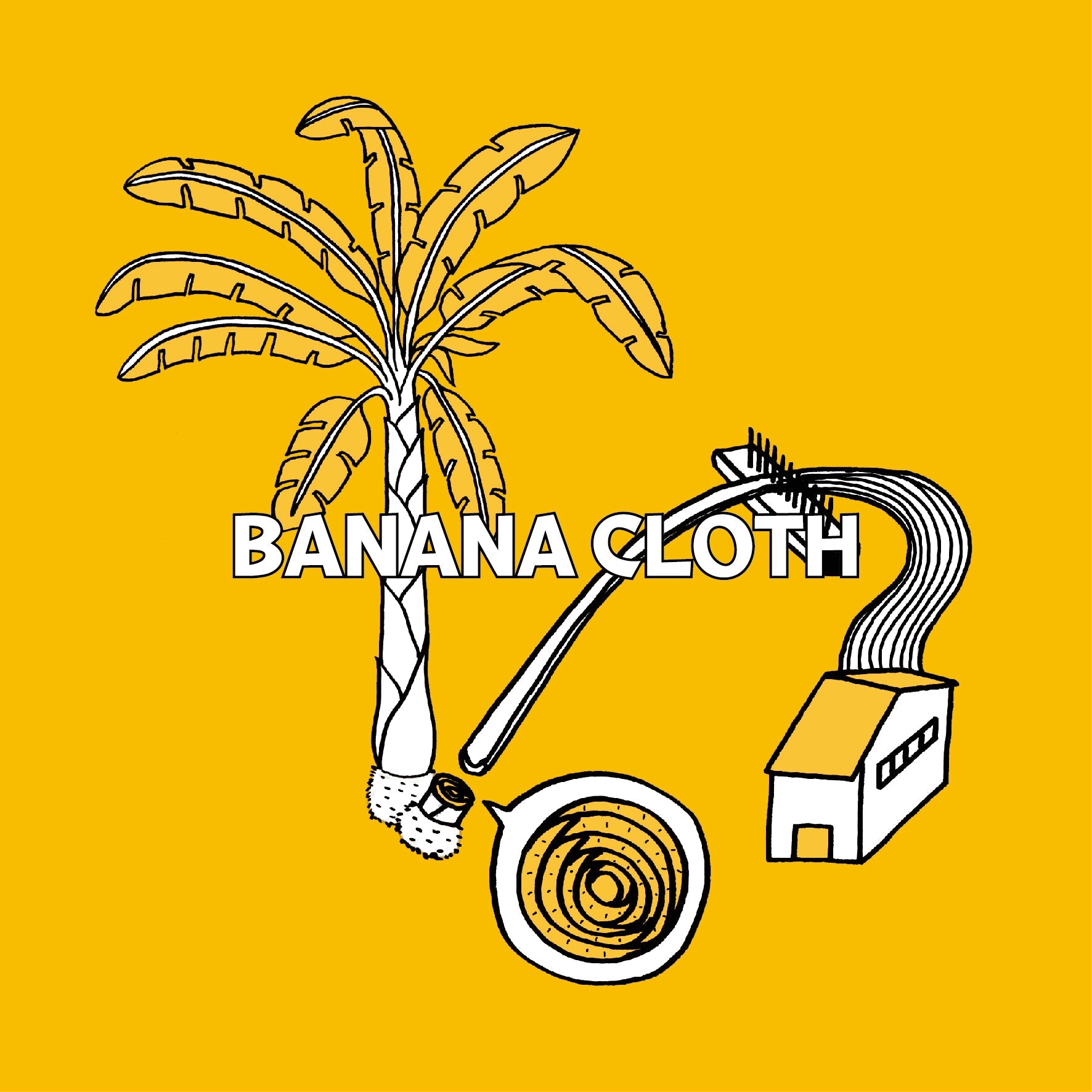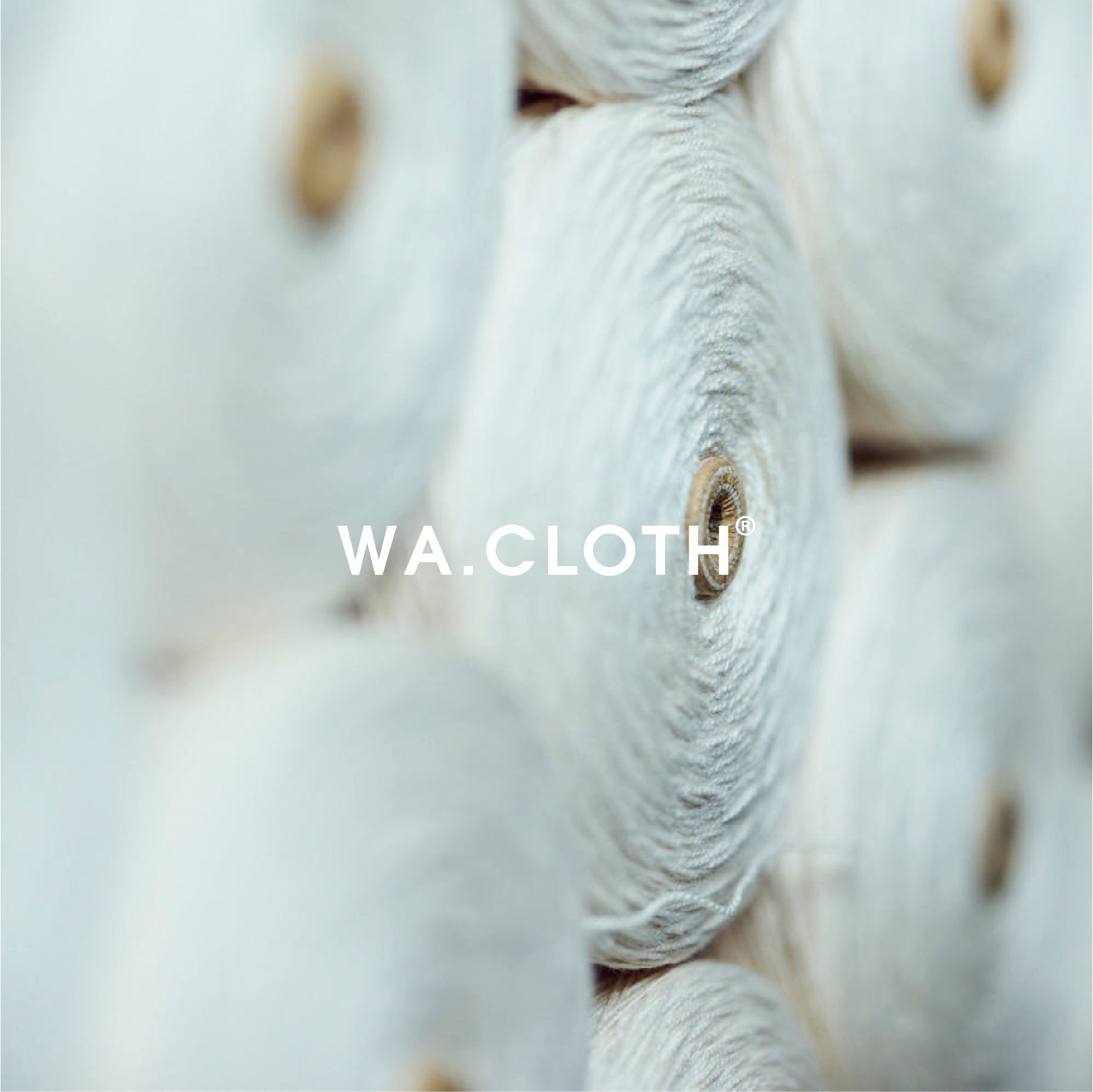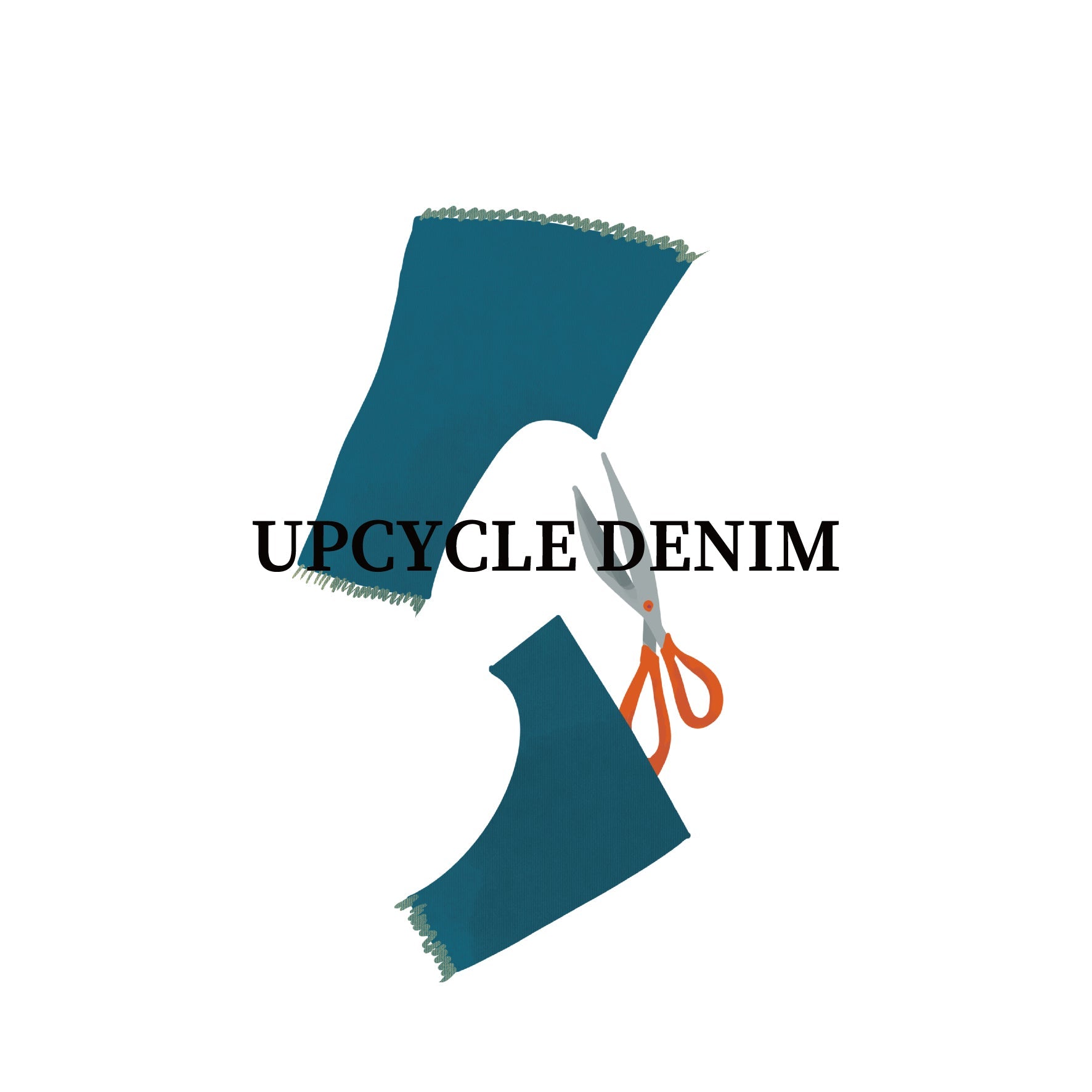
Upcycled Denim: Turning Waste into Value
Creating denim inevitably produces more waste and material loss compared to other fabrics, even at highly skilled production facilities. To address this, we sought ways to minimize these losses, and in doing so, discovered a technology to repurpose indigo denim scraps into new denim fabric. By utilizing this recycled denim, we reduce waste (loss) and contribute to more sustainable practices.
The Process of Making Upcycled Denim
Our upcycled denim is made by returning denim scraps to a cotton-like state, blending them with new cotton, and then spinning the mixture into yarn. Denim dyeing can require up to 30 liters of water per kilogram of fiber. To minimize water usage, most of our upcycled denim fabric remains in its original undyed state, retaining the natural indigo shades produced by the recycled fibers.
The production process includes the following steps:
①Collecting Denim Scraps: Leftover denim fabric pieces are gathered from production.
②Shredding: The scraps are finely shredded to facilitate reprocessing.
③Pulverizing to Fiber: The shredded material is further broken down to a cotton-like state.Blending with New Cotton: Since the recycled fibers are shorter, new cotton is added for durability.
④Roping: The blended fibers are formed into rope-like strands.
⑤Spinning: The rope is spun into yarn, creating a unique light-blue thread.
⑥Product Development: The yarn is then woven into fabric and used for original products.
Annaut: Transforming Waste into Worth
Annaut, a brand dedicated to upcycled denim materials, embodies our commitment to turning waste into value. In the manufacturing process, excess items like buttons ordered in surplus or fabric remnants from cutting patterns often become unavoidable waste. Annaut was born from the idea of adding value to these materials to transform "worthless" scraps into "valuable" items.
Annaut products can be found here:
NEWS
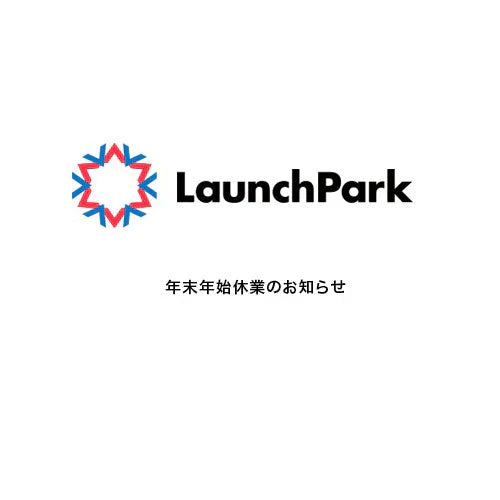
平素より当サイトをご利用いただき、誠にありがとうございます。 誠に勝手ながら、弊社では下記の期間を年末年始休業とさせていただきます。 休業期間: 2025年12月27日(土)~ 2026年1月4日(日) ご注文・配送について 年内最終出荷: 12月25日(木)までにご注文いただいた商品は、年内に発送の手配をさせていただきます。 年始の発送: 12月26日(金)以降のご注文は、2025...
Read more
STEVEN ALAN × UNDYED 無染色オーガニックコットンで仕立てたリブシリーズが発売中
MNインターファッション株式会社が展開する、“染めない、ここちよさ”を提案するブランド「UNDYED(アンダイド)」のテキスタイルが、株式会社ユナイテッドアローズ(本部オフィス:東京都渋谷区、代表取締役 社長執行役員 CEO:松崎 善則)のブランド「STEVEN ALAN(スティーブン アラン)」のアイテムに採用されました。 綿花本来の自然な色合いを活かしたUNDYEDのオーガニックコッ...
Read more
K-3B × ANNUAL|ニュージーランドウールの上質素材が引き立てる、快適で洗練されたビジネスカジュアルニット2型登場
MNインターファッション株式会社が展開する製品ブランド「ANNUAL(アニュアル)」が、カジナイロン株式会社(本社:石川県金沢市、代表取締役社長:梶 政隆)が手掛ける高機能テックウェアブランド「K-3B(ケースリービー)」に採用されました。 天然素材の持つ優しい風合いと心地よさを活かしながら、K-3Bの機能性を引き立てるデザインに仕上げた、オン・オフ問わず活躍する汎用性の高いアイテ...
Read more


